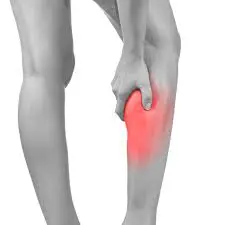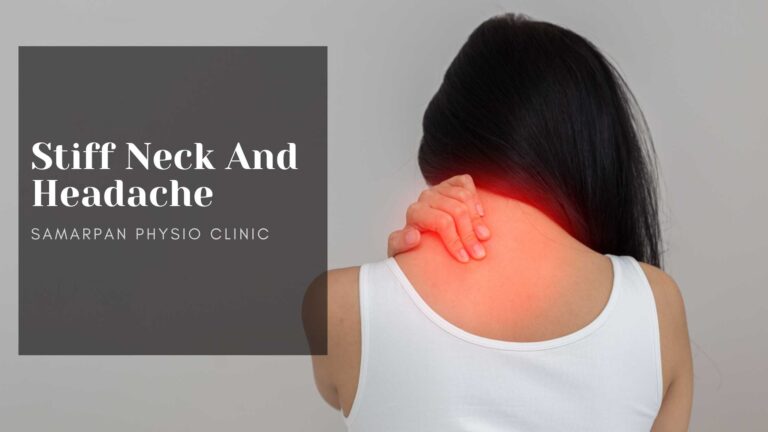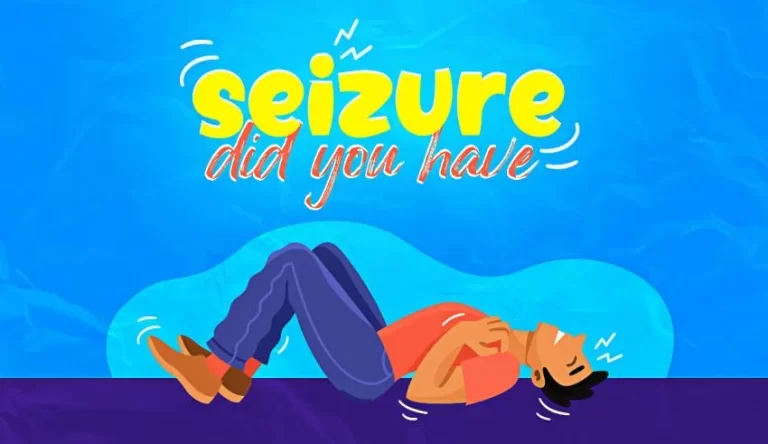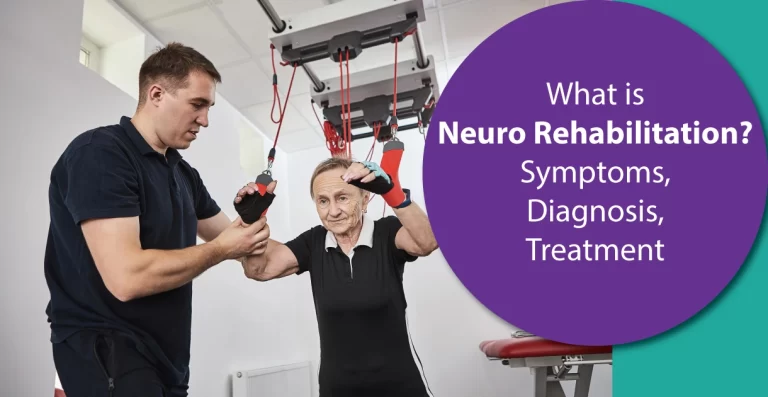Calf Muscle Soreness
What is a Calf Muscle Soreness?
Calf muscle soreness, commonly referred to as calf soreness, is a prevalent condition that many individuals experience at some point in their lives. It is characterized by discomfort, tenderness, and stiffness in the muscles located at the back of the lower leg, known as the calf muscles.
This type of soreness can result from various factors, including physical activity, injury, or underlying medical conditions. Calf muscle soreness can range from mild discomfort to severe pain, affecting one’s ability to perform daily activities and engage in physical exercise.
Understanding the causes, symptoms, and potential treatment options for calf muscle soreness is crucial for managing and preventing this common issue. In this guide, we will explore the various aspects of calf muscle soreness, from its causes and symptoms to effective strategies for relief and prevention.
What Causes Soreness in the Calves?
Calf muscle discomfort can be a throbbing or sharp pain behind your shinbone in the back of your leg. Each person could experience it somewhat differently. When you experience discomfort after engaging in physical activity like walking or jogging, muscles are typically to blame.
However, if the pain appears suddenly and has no apparent explanation, it may be caused by an issue with your blood vessels. Usually, a muscular spasm or damage causes calf discomfort. However, vascular problems including blood clots, pinched nerves, tendon injury, and other problems might also be the cause.
The calf muscles, blood vessels, and other nearby components can all be impacted by a number of diseases. Thankfully, a lot of the causes of calf discomfort are manageable.
Who experiences Calf Muscle Soreness?
Calf muscle soreness may affect everyone. Athletes and those who exercise frequently and overwork their calf muscles are more likely to experience it. Due to muscular weakening, particular medical disorders, or if they haven’t been active lately, people over 65 are also more likely to have lower leg pain.
Other elements that might increase the likelihood of calf muscle soreness include:
- Some pharmaceuticals, particularly those that reduce cholesterol.
- diseases include diabetes, liver, renal, or peripheral artery disease (PAD), as well as hypothyroidism (underactive thyroid gland).
- Edema in your lower leg (swelling brought on by a buildup of fluid).
- Heat exhaustion.
- Dehydration or dialysis, a process to purify your blood, can cause low electrolytes.
- Pregnancy.
- Short or tight calf muscles.
- Smoking or using tobacco products.
Why do Calf muscles hurt?
There are several reasons why calf muscles might hurt, including:
- Claudication: Your calf muscles may not receive enough circulation due to narrowed arteries, depriving them of oxygen. When you walk or exercise, intermittent claudication might result in muscular soreness. Smokers, those with diabetes, and those who have PAD are more likely to experience it.
- Contusions: A direct impact to the muscle, such as a kick to the calf, can cause contusions without breaking the skin. In most cases, calf contusions result in bruising and pain. A deadly disease called compartment syndrome, which prevents blood from reaching your leg muscles, can result from severe contusions.
- Leg cramps: When muscles abruptly contract (shorten), a painful muscular spasm results. It’s common to refer to a calf cramp as a “charley horse.” Dehydration or excessive exercise may cause cramps. Even though a cramp only lasts a few seconds, it can leave your muscles painful for several hours. At night, leg cramps and calf discomfort are extremely typical.
- Strains: When your calf muscles are overstretched, they can get pulled or strained. A torn calf muscle can result from severe overstretching.
People who exercise often sometimes complain of calf muscle cramps.
Although calf muscle cramps are frequently temporary they can be extremely painful and uncomfortable.
Calf muscle cramping causes include:
- Dehydration
- A loss of electrolytes through sweating
- Lack of stretching
- Prolonged physical activity
- Weak muscles
- Pulled Calf Muscle: A pulled calf muscle (strain) happens when one or more of the muscular fibres in the calf totally or partly rupture.
Depending on how severe the strain was, other symptoms may be present, but most patients will feel quick, acute pain and soreness at the calf muscle location.
Arterial claudication
- When the arteries that carry blood to the legs constrict or get blocked, it can cause calf discomfort. We call this arterial claudication.
- Since walking necessitates blood flow to the lower legs, arterial claudication may make it painful to move your legs.
A person may suffer calf discomfort if the blood has claudication or difficulty moving, as a result of compression. A person with arterial claudication won’t feel any pain when they are at rest, but they will start to hurt after a short while of walking.
Neurogenic claudication
- When the nerves that travel to the legs are compressed, it causes neurogenic claudication by impairing the nerves’ efficiency in communicating with the lower legs. Spinal stenosis is a common cause of neurogenic claudication. This disorder develops when the spinal column’s bones narrow, increasing pressure on the nerves. A specific case of neurogenic claudication is sciatica.
Neurogenic claudication symptoms, in addition to calf discomfort, include:
- Pain while walking
- Pain after prolonged standing
- Pain that worsens when a person leans forward at the waist and that also radiates to the legs, lower back, or buttocks
- When at rest, someone with neurogenic claudication may also have calf discomfort.
- Achilles tendinitis: The band of strong, fibrous tissue that links the calf muscle to the heel bone is known as the Achilles tendon. A person’s Achilles tendon may experience more pressure if their calf muscles are very tight. A person may therefore have calf discomfort. People who have just begun an exercise programme or who engage in repeated activity are more prone to develop Achilles tendonitis.
- Stretching often might frequently aid with symptom relief.
Compartment syndrome
Consult a doctor if your calf discomfort persists. Compartment syndrome is a painful disorder that can affect one or both legs, frequently in the aftermath of a serious accident or trauma.
It happens when too much blood or fluid collects below a band of firm tissues in the body that are unable to expand excessively. The nerves and blood arteries in the lower leg are put under additional strain by this fluid, which results in discomfort, swelling, numbness, and tingling.
- Chronic or exertional compartment syndrome is another kind of condition. This particular condition happens when a person feels discomfort when they are exercising.
- Chronic compartment syndrome signs and symptoms include numbness, apparent bulging or swelling of muscles, or difficulty moving the foot.
- Diabetes-related nerve damage is known as diabetic neuropathy, which is a disorder that can affect anybody. The body’s nerves can get damaged by consistently high blood sugar levels, commonly starting in the hands and feet. The shooting pain and discomfort that occasionally extends to the calf muscles is caused by the tingling and numbness.
Plantar fasciitis
A condition where the tissue of the plantar fascia on the bottom of the foot, plantar fasciitis.
A person may be more prone to developing plantar fasciitis if their calf muscles are too tight because they are unable to support the foot. Plantar fasciitis is most frequently characterized by morning foot discomfort and difficulties flexing the foot.
Varicose veins
- Varicose veins are swollen veins that frequently protrude from the legs and might have a cordlike appearance. They arise when a person’s veins’ faulty valves permit blood to back up.
There are several causes of varicose veins, including:
- Age
- A family history of varicose veins
- Hormone fluctuations
- Pregnancy
- Obesity
- Lack of physical activity
- Legs are where varicose most frequently develops, and it can hurt, throb, cramp, and ache.
DVT
- Deep vein thrombosis: A blood clot that develops in one of the veins in the leg causes deep vein thrombosis (DVT). It may result in excruciating discomfort and interfere with the flow of blood to the legs.
- DVT is more likely to occur in those who have sat down for a prolonged amount of time, such as on a flight, or who have high blood pressure or blood clotting issues.
- DVT symptoms include calf discomfort, which often gets worse while standing or moving about. Due to issues with blood flow, a person’s leg may potentially swell and have a red or irritated region.
Diagnosis
In order to evaluate whether a pulled or strained muscle is the issue, a doctor will do a physical examination.
An ultrasound of the musculoskeletal system may be requested if the doctor considers that the problem is more serious. The following might be determined via an ultrasound:
- Arterial claudication
- Achilles tendonitis
- Diabetic neuropathy
- Plantar fascia
- Deep vein thrombosis
- Injection treatment can also be guided by a musculoskeletal ultrasonography.
Treatment of Calf Muscle Soreness
The cause alone determines how to treat calf pain.
- Rest: If you have calf pain, you should stop doing anything or take some time to yourself. The muscles that are already partially injured and in need of recovery are being overworked by you. After a tough workout, this is sometimes the sole step needed to ease any calf discomfort and pain.
- Elevate: Raise your leg so that gravity won’t affect your muscles and veins. By elevating your leg, you relieve pressure on the venous system’s pumps and valves that control how quickly blood returns to the heart.
- Applying cold or heating pads will help, depending on the source of your discomfort.
- Compression stockings: Your doctor may advise wearing compression stockings to support your calf muscles if you have varicose veins.
- Medications: Depending on the reason for your pain, you may be prescribed medications to thin the blood and lessen your discomfort.
- Surgery is necessary if you have a ruptured tendon or muscle.
- Massages: It’s still uncertain if massages can effectively treat calf pain, but athletes swear by them, so you might want to give it a shot. You can also use a foam roller to ease some muscular stress.
By far, physical therapy is the most effective method for treating calf discomfort. No matter the reason, it is a component of all therapies.
It could be beneficial to gently stretch your calf if you have aching calves from a muscle cramp or feel a painful knot in your calf muscle.
Depending on the reason for your calf discomfort, your doctor may advise further therapies like:
- Pain relievers.
- Physical therapy.
- If you have a strain or tear, you can immobilize your lower leg with a soft cast or boot.
Stretches
Before engaging in more intense exercise, warming up by taking a brisk walk will help minimize muscular strain injuries. A person may also decide to conduct some light stretching in addition to these methods to lessen muscular stiffness after exercise.

Before starting a stretching regimen, one should always speak with their doctor to be sure the stretches won’t make an existing injury worse.
Stretches that can help with calf discomfort include:
Stretching after exercise can be helpful in avoiding soreness and stiffness in the muscles.
When to visit a Doctor?
If a person thinks they may have DVT, they should get emergency medical care. DVT is characterized by pain, edema, and warmth in one leg.
Other indications that someone with calf soreness needs immediate care are:
- Higher than 100-degree fever
- Pale or cool-to-the-touch swelling leg
- Legs suddenly swell to an unusual degree
- A visit to the doctor’s office during regular business hours is necessary for some reasons of calf soreness. These consist of:
- Walking discomfort, inexplicable leg swelling, and excruciating varicose vein symptoms that do not improve with at-home treatment
- Making an appointment with a doctor might assist in bringing a piece of mind if someone is concerned about uncomfortable or severe calf pain.
Prevention
Here are some recommendations for preventing calf pain:
- Exercises that increase joint mobility, such as stretching or moving a joint through its complete range of motion, can keep your ankle and calf muscles flexible and help reduce calf discomfort.
- Rest: Taking a break from physical activity in between exercises helps promote muscle development and repair.
- Warm-up/cool-down: To release the muscles and avoid further damage, incorporate a warm-up before the working exercise and a cool-down after.
- Proper footwear: If you run or jog for exercise, be sure that the shoes you wear give adequate support.
- Maintaining proper hydration can assist in preventing calf soreness. This is due to the direct link between dehydration and muscular cramping.
- Activity intensity should be increased gradually if you’re new to a certain activity or want to up your workout volume. An injury might result from quickly increasing your exercise level. You can work with a trainer or locate an exercise schedule online.
Conclusion
Calf muscle soreness is a frequent problem that often doesn’t require medical attention. However, there are situations when calf discomfort is a symptom of more serious problems, such as issues with the blood arteries in your leg. If the discomfort starts without any exertion or lasts during rest, get medical attention. This can indicate a more serious condition that needs to be assessed.
FAQs
Is it normal for calves to be sore?
Calf muscle soreness may affect everyone. Athletes and those who exercise frequently and overwork their calf muscles are more likely to experience it. Due to muscular weakening, particular health conditions, or if they haven’t been active lately, people over 65 are also more likely to have lower leg pain.
How long does calf soreness last?
How Long After Exercise Do Sore Calves Hurt? The most discomfort is often felt between 24 and 72 hours following a workout, and DOMS can begin to appear 12 to 24 hours after an activity has been done.
When should I be worried about calf pain?
If you have any of the following conditions, you should seek medical attention right away: Infection-related symptoms including redness, warmth, or discomfort; or a temperature of more than 100 F (37.8 C). A colder, paler, or swollen-than-normal leg.
How do I stop calf soreness?
How is calf discomfort dealt with?
Clean up the area.
Using an ice pack with a lid or a bag of frozen peas, ice the region for 20 minutes.
Apply a bandage to the region to provide compression; however, if the discomfort persists, remove the wrap.
Elevate the lower leg so it is above the level of the heart by sitting or laying down (maybe supported by cushions).
Do sore calves mean growth?
Chronic Pain. 10% of kids in good health have temporary, mild leg discomfort. Although they have nothing to do with growth, they are frequently referred to as growing pains. Growing pains often affect the thigh or calf muscles. They typically happen on both sides, not just one.
Why are my calves so tight and sore?
We may possibly have the remedy for tight calves: Nimble Osteopathy.
Tight calves may result from:
Overuse is defined as a sudden start, increase, or shift in activity. underuse – not enough movement. Muscle atrophy (wasting) is typical in older age and is related to underuse. Muscle tears would be extremely painful and constricting.






